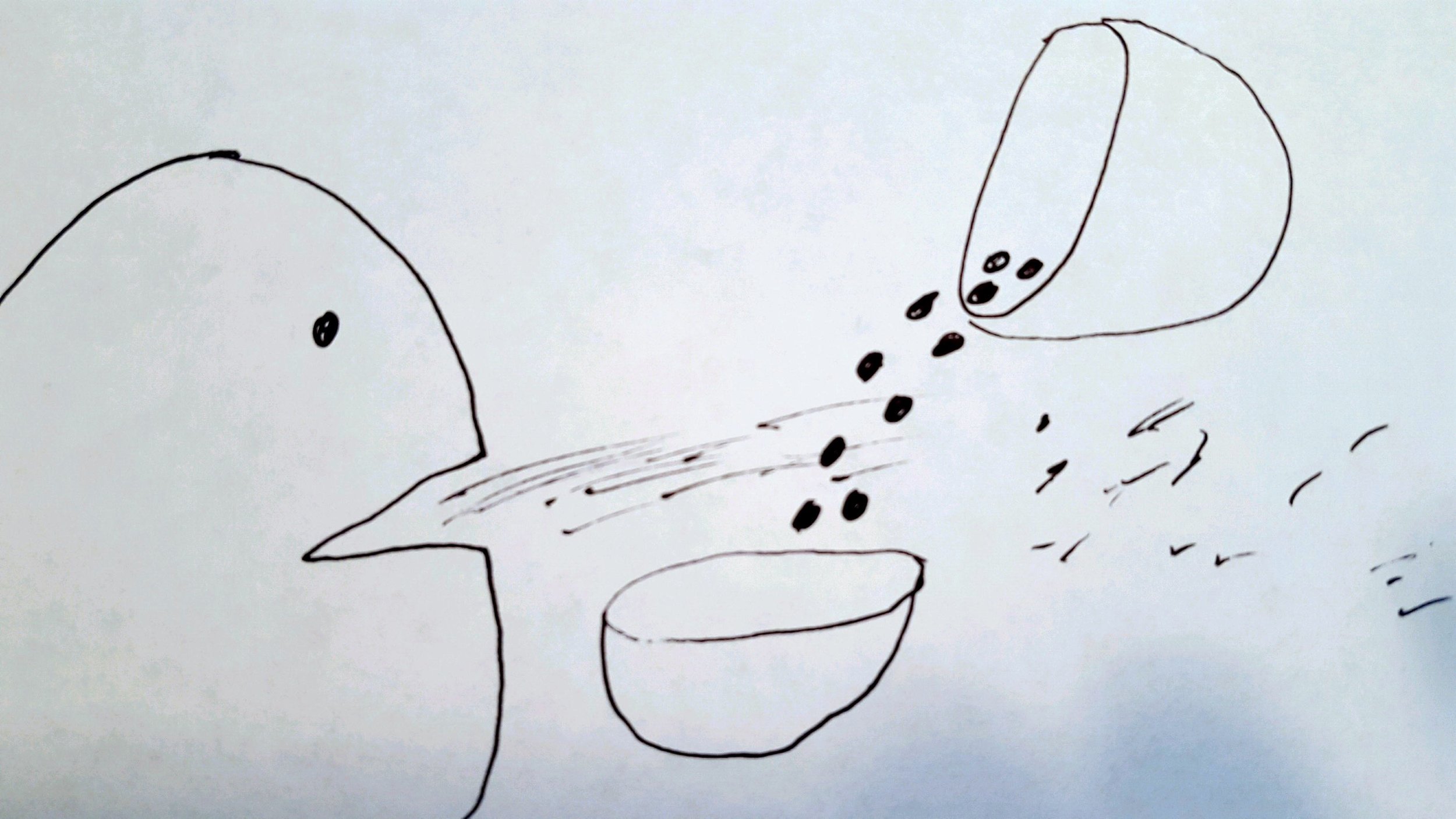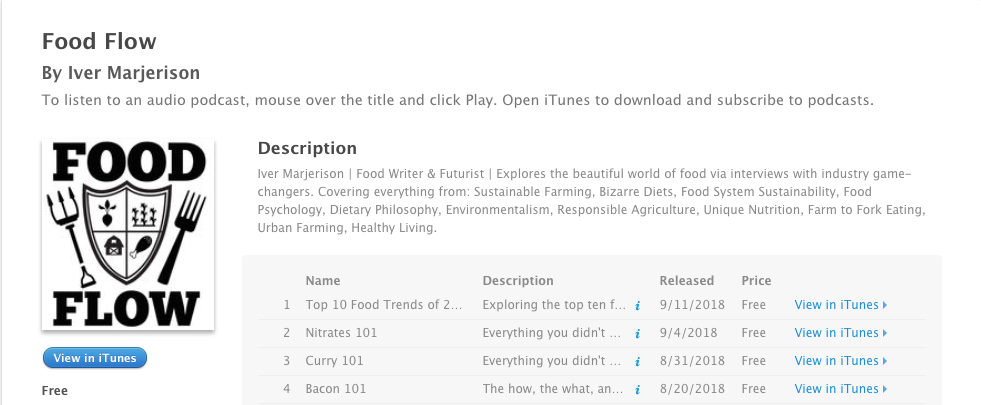Homemade Sprouted Peanut Butter
Peanut-Butter....
Peeeeanut-Butter...
Peanut-Buuuutterrrr...
There is something almost soothing about that simple combination of words...
Like some beautifully mouth-watering gastro-linguistic conflation that is somehow able to single-handedly define the delicious meaning of comfort food.
Yet despite the culturally ubiquitous and near-romantic relationship with this beloved food, we seem simply unwilling to acknowledge its botanical properties.
The truth is... they are not nuts at all.
That's right... pea-NUTs are actually a legume. Much closer related to beans then an almond.
...Mind blown?
It's for this reason that some people prefer to use preparation methods beyond just roasting.
If you care --I expand on this theory below.
If you don't care -- or already know, or are just anxious to get lost in homemade PB-euphoria... skip down to my recipe for homemade sprouted peanut butter!
Engaged?
Check out my company Colorado MicroWeddings!
All-inclusive packages for a beautiful, small, mountain-top wedding with your closest friends and family!
Starting at $1,200
Why Sprout?
Anti-Nutrients, Phytic Acid, & Enzyme Inhibitors
Update: 7/21/16
The more and more I research on the topic of traditional seed (grains, beans, and nuts) preperation, the more I realize that it is an area of nutritional science that still has a lot of missing pieces. Some groups insist that soaking/sprouting/fermenting is the only way that these foods should ever be eaten, and other people say that it really doesn't matter.
Currently I'm waiting for science to catch up and figure out which preperation methods are worth-while. In the meantime, I soak my nuts/seeds because I think they taste better, and I soak my grains because they cook faster. However, the firm stance that I use to have toward the process has slightly faded.
As we just brought to light, peanuts are legumes (like beans).
While the human consumption of legumes --and similarly grains-- dates back roughly 10,000 years, to the dawn of agriculture, they aren't necessarily "human food".
In fact, in their un-proccessed raw form, they are nearly inedible to humans --and some are even toxic.
Case in point, ever eaten a bowl of under-cooked beans?
If you have, you've spent a night clutching your stomach in pain, and know exactly what I'm talking about.
Luckily for us, our ancestors found innovative ways to render these food sources edible.
Some of these processes include: thermal processing (cooking), grinding (flour and oatmeal), soaking, fermenting (sourdough bread), and... sprouting!
Long story short... sprouting is a method, similar to cooking, that can help render seed-foods --like peanuts!-- more nutritive and digestible.
Sources and links to more info at the bottom of page!
Anyway... if you want to make your own sprouted peanut butter at home, here's how!
Homemade Sprouted Peanut Butter
1 -- Soak
Get yourself some RAW peanuts, and soak them in a bowl overnight.
2 -- Sprout
Rinse the peanuts and place into a container that allows water to drain well. Rinse thoroughly several times a day. Let sit away from direct light for a few days --until sprouts reach about half the size-ish of the peanut.
3 -- Dry
To make peanut butter, we need to roast the peanuts. In order to roast, we need dry peanuts. You can either put them in a dehydrator at 150F-ish, or in a low setting oven (crack door if you can't set temp low enough) until they are completely dry.
4 -- Skin
This is optional, but if you want a smooth consistency, you should probably do it. There are lots of methods for this, so get creative! My current strategy is to rub the peanuts between my fingers in a large bowl until the skins fall off. Then I go outside and pour the peanuts from one bowl into another bowl --while blowing the skins away.
Haha... I know it sounds weird and difficult, but it's really easy (and maybe a little weird).
5 -- Roast
Lay the peanuts in a single layer, and put in a 350F oven for around 15 minutes. Check on them frequently. When they turn light brown and look oily, they are done!
Don't let them overcook! You'll know, because they turn a dark burnt-brown.
6 -- Grind
Add the still-warm peanuts to your food processor and start processing!
Here's the trick: just keep grinding!
It will look gritty...
You will think you're a failure...
But you're not! Just keep grinding!
If you want to make chunky sprouted peanut butter, give the nuts a few pulses and then save a scoop of those pieces for later. The trick is to blend it smooth and then add the chunks back in.
7 -- Grind Some More!
Seriously... just keep blending that thing until she is silky smooth!
8 -- Add Ins
Once it has turned into deliciously creamy perfection, you can add in whatever you want! Honey and salt are classic, but I've done ginger, balsamic, coconut flakes, chopped nuts... you really can't go wrong!
9 -- Feast.
In the unlikely event that you have any left over, it should keep well for a few weeks in the refrigerator!
Wanna learn more about the beautiful world of food?
Check out my podcast!
More info on why people sprout!
Anti-Nutrients & Enzyme Inhibitors
Sources, Research, & Info
The above references to phytic acid, anti-nutrients, and enzyme inhibitors, come from my own collection of research over the past couple years. While I try to not promote pseudo-science, it is important to note that the effects of these food properties are widely debated. In some circles, it is enough evidence to avoid grains and legumes all together, and in other circles it is deemed to not be an issue whatsoever.
Personally, I've found the evidence to be convincing enough to take some measures to help ensure my grains/legumes are properly prepared (largely because I've had an uncercooked-bean stomach ache before). I can't say I routinely make sprouted peanut butter... but it was fun to experiment with!
If you want to dig into the topic yourself, here are a few articles that I have found particularly interesting!
"Traditional Food-Processing and Preparation Practices to Enhance the Bioavailability of Micronutrients in Plant-Based Diets"http://jn.nutrition.org/content/137/4/1097.long
"Nutritional improvement of cereals by fermentation"
http://www.tandfonline.com/doi/abs/10.1080/10408398909527507
"Effect of soaking, sprouting, fermentation and cooking on nutrient composition and some anti-nutritional factors of sorghum seeds".
http://link.springer.com/article/10.1007/BF02196388
One of the paleo-diet arguments.
http://thepaleodiet.com/antinutrients-the-antithesis-of-true-paleo/#.Vppw9PG0dek
An argument against the paleo-diet argument.
http://drclydewilson.typepad.com/drclydewilson/2011/02/paleo-diet-is-incompetent-legumes-are-not-anti-nutrients.html











